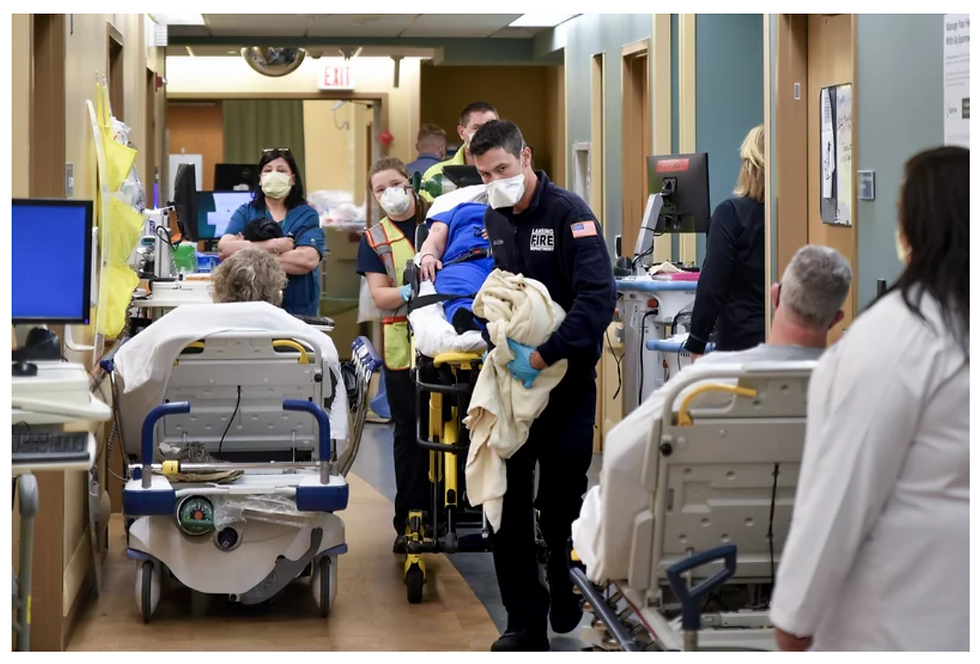Key Takeaways from DFCon 2017 in Houston
- katherinepiette
- Mar 28, 2017
- 2 min read
Updated: Mar 30, 2021

WOW! Where do I start?!
I had the great fortune to attend the 2017 DFCon (Diabetic Foot Conference) last week in Houston, for the first time. DFCon is an annual conference that provides a laser focus on any and all things dealing with appropriate assessment, management and prevention of Diabetes-related lower extremity amputations. I had not previously attended this conference because I was under the impression this meeting was for podiatrists and vascular physicians only. Boy - have I been missing out! This conference is for ANY healthcare provider with an interest in preventing lower extremity amputation.
The latest and greatest global research is presented at this conference annually by the World Class Medical scientists who performed the studies! I cannot aptly describe the excitement and awe I felt as I listened and interacted with Diabetes Foot pioneers, whose work I have followed and referenced for over 20 years!
Dr. David Armstrong and Dr. Larry Lavery provided us with groundbreaking research in their 2004 and 2007 NIH studies (RCT’s) which demonstrated the predictive role of inflammation preceding a DFU. When patients with high risk feet measured their foot temperatures with an infrared dermal thermometer and detected an increase of >2° C, it provided patients with a tool for early recognition of impending ulceration. By following a simple protocol to decrease their steps and wear their customized shoe, patients were successful at avoiding acquisition of a wound in 92-98% of the patient participants.
The concept is pretty simple and is grounded in robust clinical evidence: recent statistics tell us that 85% of non-traumatic lower extremity amputations are preceded by a foot wound and 82% of foot wounds are preceded by inflammation (>2° C temperature difference between affected and unaffected foot sites). Consider how many neuropathic wounds would not develop if at the first indication of an increased temperature difference the patient knew they could reverse that increase by simply making a change in their gait or decreasing the number of steps they take!
I was particularly intrigued by the cutting edge technologies that have been developed which will forever change the way we interact with patients. Much of the new technology provides marvelous biofeedback opportunities for patients to receive information about increased pressure or temperature, via Bluetooth and THEN use this information to change their behavior to promptly address the issue. So in a real world application of this information, patients will soon have the availability to don socks or shoes with insoles that can detect increased temperature differences CONTINUOUSLY and then actively participate in corrective treatment! Now how cool is that?!
Today, as the Director of Clinical Services for Corstrata, I have the opportunity to be leading Corstrata’s Lower Extremity Amputation Prevention Program. Using biofeedback and new technologies, we are motivating and engaging Diabetes patients at risk for ulceration to self-monitor their dermal temperatures and modify their actions to prevent ulcers and ultimately save limbs and lives.





Comments